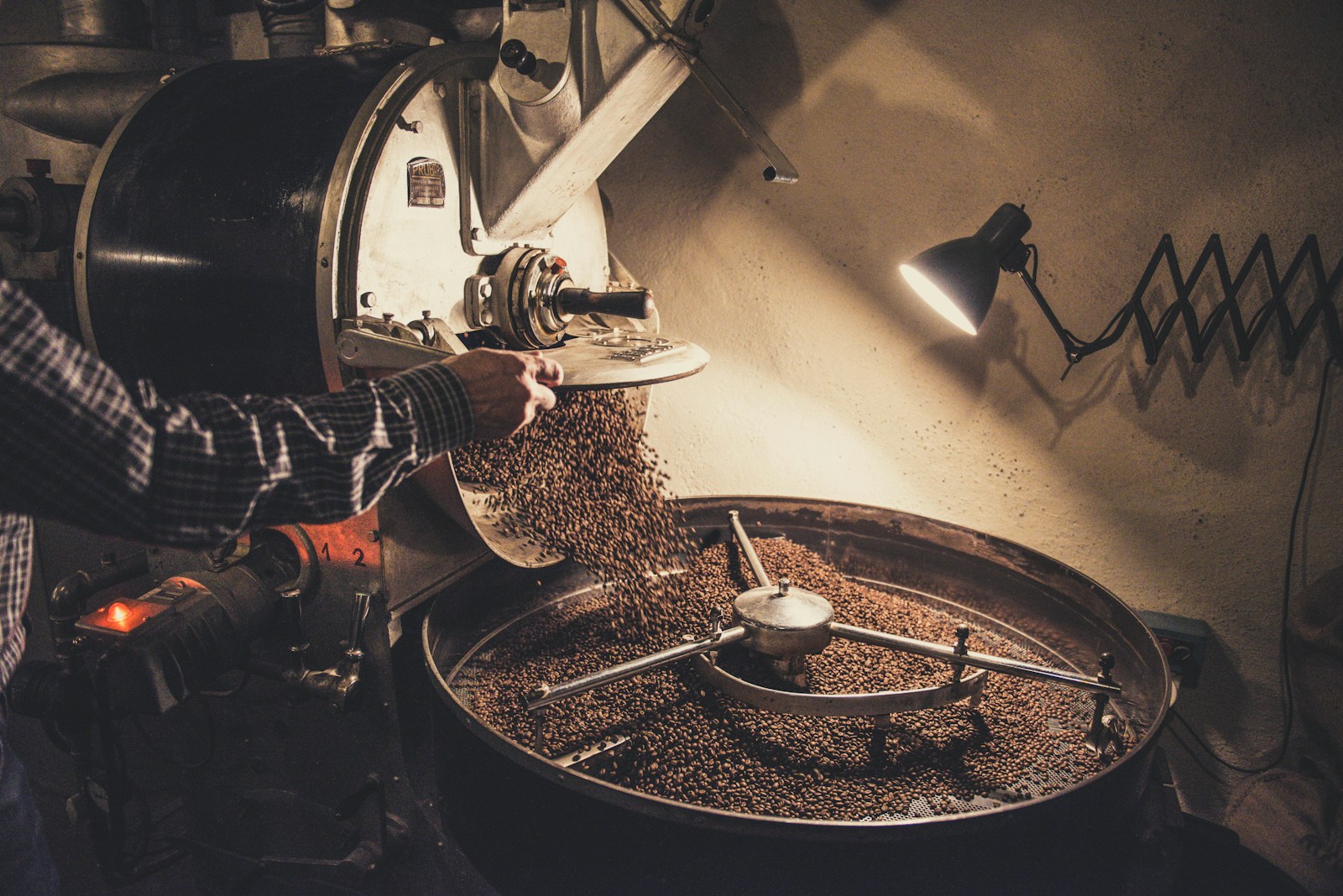Coffee, one of the world’s most beloved beverages, is facing a significant threat from climate change. As global temperatures rise and weather patterns become more erratic, coffee producers worldwide are grappling with new challenges that could drastically alter the future of coffee production. This article explores how climate change affects coffee cultivation and what it means for the industry and consumers alike.
1. Shrinking Suitable Land
Temperature Sensitivity
Coffee plants, particularly Arabica coffee, which accounts for about 60% of global production, are susceptible to temperature changes:
– Optimal growing temperatures for Arabica: 18-21°C (64-70°F)
– Rising temperatures are pushing suitable growing areas to higher altitudes
– By 2050, it’s estimated that the amount of land suitable for coffee production could be reduced by up to 50%
Geographical Shifts
As temperatures rise, traditional coffee-growing regions may become unsuitable:
– Some areas may see a complete loss of coffee production
– New regions at higher altitudes or latitudes may become suitable for coffee cultivation
– This shift could lead to deforestation as farmers seek new growing areas
2. Increased Pest and Disease Pressure
Warmer temperatures create more favorable conditions for coffee pests and diseases:
– Coffee Berry Borer: This pest thrives in warmer conditions and is expanding its range
– Coffee Leaf Rust: A devastating fungal disease that has caused significant crop losses, especially in Central America
– New or previously minor pests and diseases may become more prominent threats
3. Erratic Rainfall Patterns
Climate change is altering precipitation patterns in coffee-growing regions:
– Droughts: Extended dry periods can stress coffee plants, reducing yield and quality
– Excessive Rainfall: Too much rain can lead to erosion, landslides, and flooding in coffee plantations
– Unpredictable Seasons: Changes in the timing of wet and dry seasons can disrupt the coffee plant’s flowering and fruiting cycles
4. Extreme Weather Events
The increasing frequency and intensity of extreme weather events pose significant risks:
– Hurricanes and Tropical Storms Can devastate entire coffee plantations
– Heatwaves: Extended periods of extreme heat can damage coffee plants and beans
– Frost: Unexpected frost events in typically frost-free areas can kill coffee plants
5. Impact on Coffee Quality
Climate change doesn’t just affect the quantity of coffee produced; it also impacts quality:
– Faster Ripening: Higher temperatures can cause coffee cherries to ripen too quickly, affecting flavor development
– Inconsistent Flavors: Erratic weather can lead to inconsistent flavor profiles from year to year
– Reduced Complexity: Stress on coffee plants can result in less complex flavor profiles
6. Economic and Social Implications
The effects of climate change on coffee production extend beyond the plants themselves:
– Livelihood Threats: Millions of small-scale farmers depend on coffee for their income
– Market Volatility: Unpredictable harvests can lead to price instability in the global coffee market
– Migration: Coffee farmers may be forced to abandon their lands and seek alternative livelihoods
7. Adaptation and Mitigation Strategies
The coffee industry is actively working on strategies to cope with climate change:
– Developing Climate-Resilient Varieties: Breeding coffee plants that can withstand higher temperatures and are more resistant to pests and diseases
– Improved Farming Practices: Implementing shade-grown coffee, water conservation techniques, and soil management practices
– Diversification: Encouraging farmers to diversify their crops to reduce dependence on coffee alone
– Research and Technology: Investing in climate modeling and early warning systems for extreme weather events
Conclusion
The impact of climate change on coffee production is a complex and ongoing challenge. It threatens not just our morning cup of coffee but the livelihoods of millions of farmers and the economies of coffee-producing countries. As consumers, staying informed about these issues and supporting sustainable and climate-smart coffee production can make a difference. The future of coffee will depend on the collective efforts of farmers, researchers, industry stakeholders, and consumers to address and adapt to the realities of climate change.
